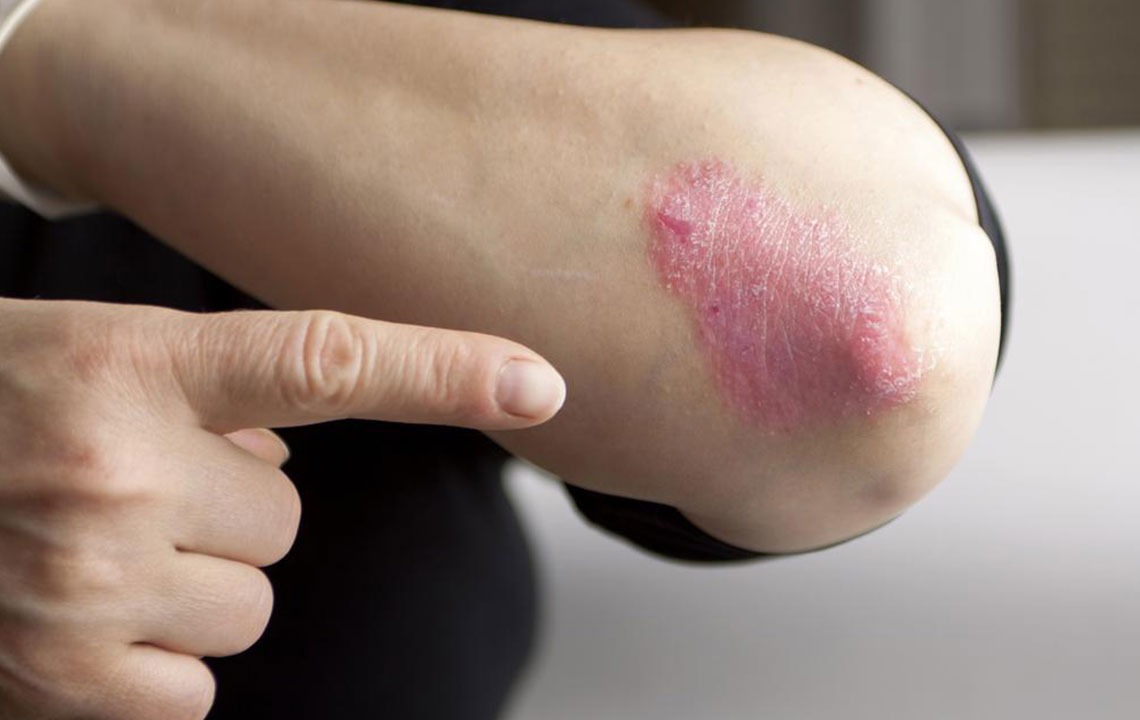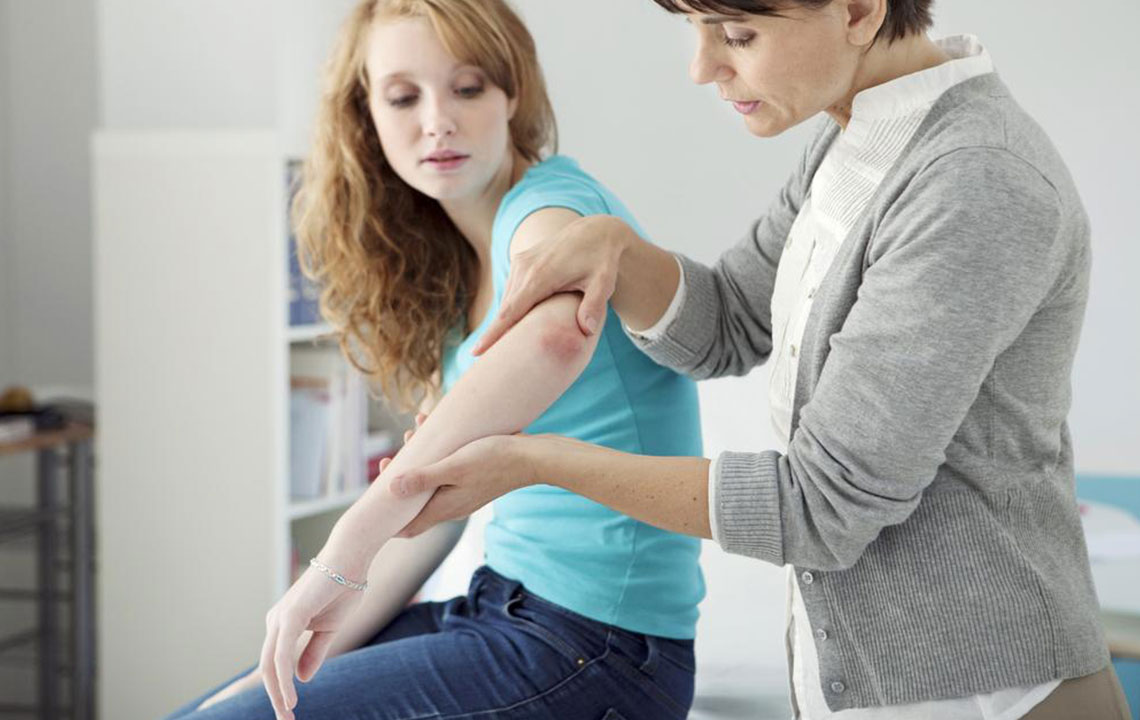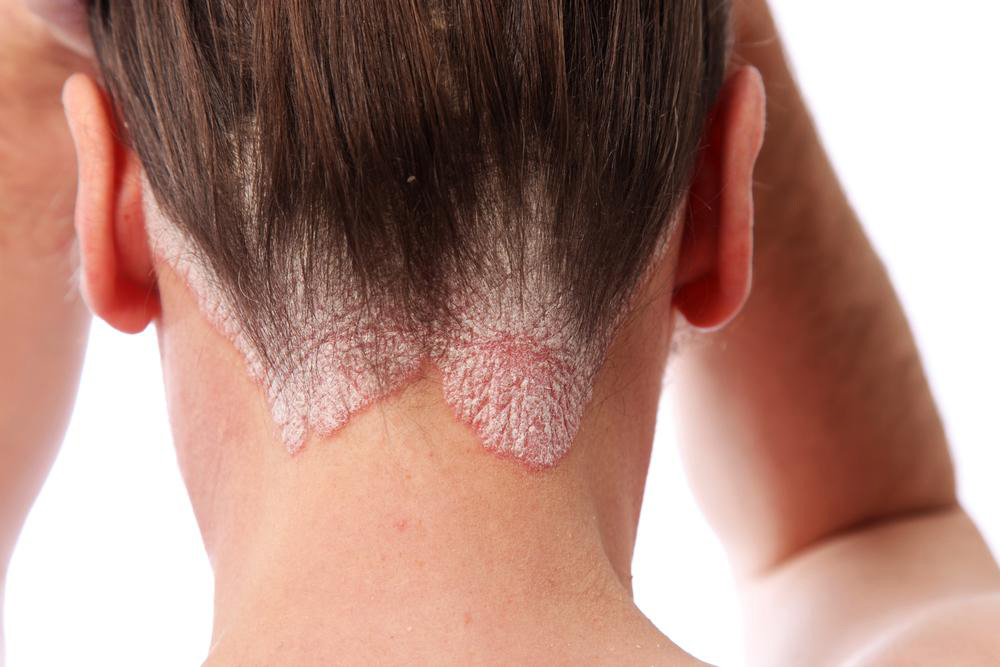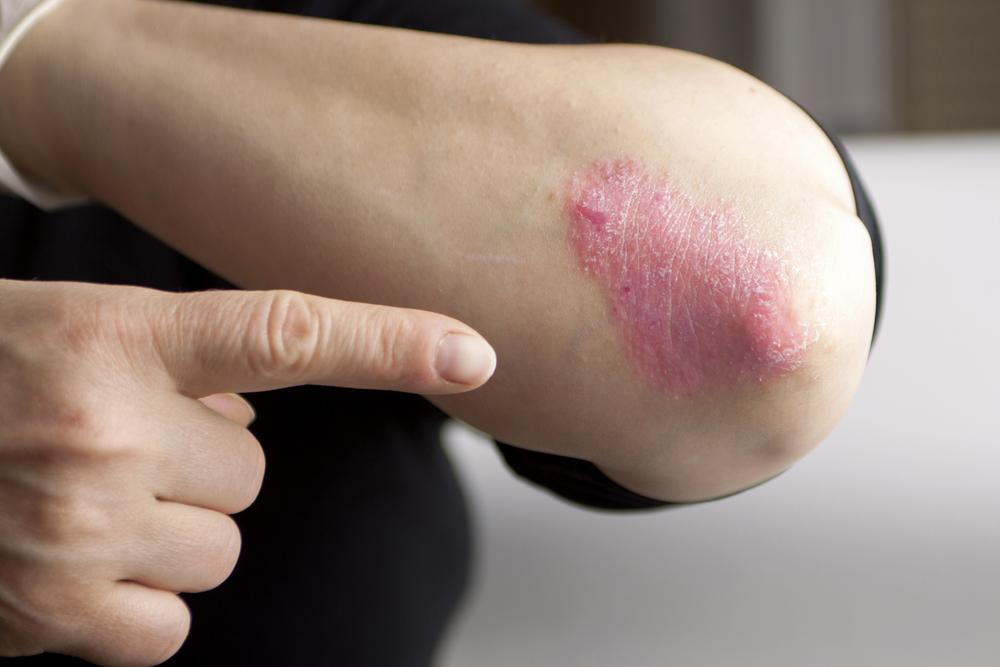Complete Guide to Managing and Treating Plaque Psoriasis Effectively
This comprehensive guide covers everything about plaque psoriasis, including its types, symptoms, causes, diagnosis, and modern treatment options. It emphasizes effective management strategies, lifestyle adjustments, and natural remedies to control flare-ups and improve quality of life. Suitable for patients and caregivers, this article offers in-depth insights into living with this chronic skin condition, helping readers understand how to tailor treatment plans and adopt healthier habits for long-term relief.
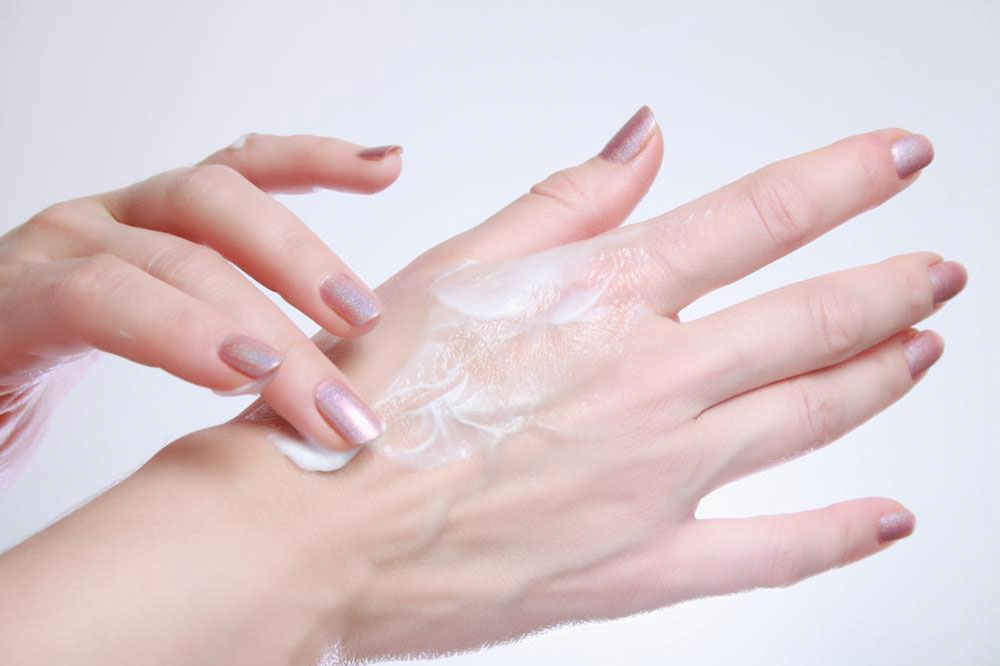
Strategies for Controlling and Living with Plaque Psoriasis
Plaque psoriasis is a chronic autoimmune skin condition that manifests as distinctive patches of inflamed, scaly skin, primarily affecting areas such as the elbows, knees, scalp, and trunk. This condition tends to impact young adults between the ages of 18 and 25, although it can occur at any age. While there is currently no cure for psoriasis, advancements in medical treatments and lifestyle modifications enable many patients to manage symptoms effectively, reduce flare-ups, and maintain a good quality of life. Understanding the various aspects of plaque psoriasis—including its types, symptoms, causes, diagnosis, and treatment options—is essential for those affected by the condition.
Understanding the Different Types of Plaque Psoriasis
Psoriasis manifests in different forms, with plaque psoriasis being the most common type. Recognizing its subtypes helps in tailoring treatment and management strategies.
Small Plaques: These are usually up to a few centimeters in diameter and possess a pinkish hue with fine, thin scales. They often appear on the scalp, elbows, or knees and tend to be less extensive.
Large Plaques: Larger, more prominent patches characterized by a reddish tone with thick, silvery scales. Borders are usually well-defined, and these plaques can cause significant discomfort and aesthetic concerns.
Localized vs. Widespread Psoriasis
Localized Psoriasis: Affects specific areas such as the elbows, knees, or scalp. Patients may experience mild to moderate symptoms confined to these regions.
Generalized Psoriasis: Also known as extensive psoriasis, it involves multiple regions including the trunk, limbs, scalp, and joints. This form can significantly impact daily activities and requires comprehensive treatment approaches.
Recognizing Symptoms of Plaque Psoriasis
The clinical presentation of psoriasis varies among individuals but typically includes several hallmark signs:
Red, raised, and well-defined patches or plaques on the skin surface.
Overlying silvery or white scales, often flaky and thick.
Itching, burning sensations, or soreness in affected areas.
Cracking or bleeding in severe cases.
Nail changes such as pitting, roughness, or discoloration.
These patches can range from small coin-sized spots to extensive areas covering large parts of the body, leading to discomfort and cosmetic concerns. Common sites include the elbows, knees, scalp, lower back, palms, soles, and face.
Causes and Triggers of Plaque Psoriasis
Plaque psoriasis is an autoimmune disorder where the immune system mistakenly attacks healthy skin cells, resulting in rapid skin cell proliferation. This overactive immune response causes the characteristic plaques. While genetics play a critical role, environmental and lifestyle factors can trigger or exacerbate the condition.
Genetic Factors: A family history of psoriasis increases susceptibility, indicating a hereditary component.
Environmental Triggers: Stress, skin injuries such as cuts or sunburn, infections (like streptococcal throat), and certain medications (like beta-blockers or antimalarials) can trigger flare-ups.
Lifestyle Factors: Smoking, alcohol consumption, obesity, and poor diet can influence disease severity.
Weather and Climate: Cold, dry weather tends to worsen symptoms, while warm, humid conditions may alleviate them.
It's important to note that psoriasis is not contagious; it cannot be transmitted through touch or close contact.
Diagnosing Plaque Psoriasis
If you notice persistent skin patches, it is crucial to consult a dermatologist for accurate diagnosis. Self-diagnosis and self-treatment can lead to improper management. The process includes:
Reviewing medical history and symptom patterns.
Physical examination of affected skin and nails.
Potential skin biopsy to confirm diagnosis and rule out other skin conditions.
The dermatologist classifies psoriasis severity based on the extent of skin involvement: mild, moderate, or severe. Accurate assessment guides appropriate treatment plans aimed at managing the disease effectively and preventing complications.
Comprehensive Treatment Approaches for Plaque Psoriasis
Since psoriasis has no definitive cure, treatment primarily focuses on controlling symptoms, reducing inflammation, and minimizing flare-ups. Treatment plans are personalized, considering the severity, location, and patient preferences.
Topical Therapies: These include corticosteroid creams, vitamin D analogs, coal tar preparations, and moisturizers. They are the frontline treatment for mild to moderate localized psoriasis to reduce inflammation and slow skin cell growth.
Phototherapy: Controlled exposure to ultraviolet (UV) light, such as narrowband UVB therapy, can effectively decrease skin cell proliferation and inflammation, especially in more extensive cases.
Systemic Medications: For moderate to severe psoriasis, oral or injectable medications that suppress the immune response may be prescribed. These include methotrexate, cyclosporine, and acitretin, monitored closely by physicians to manage potential side effects.
Biologics: These advanced therapies target specific immune system proteins involved in inflammation, such as TNF-alpha, IL-17, or IL-23. Biologics can provide significant symptom relief but may impact infection resistance and require regular medical supervision.
Natural and Complementary Remedies
Many patients seek supplementary approaches to enhance conventional treatment outcomes. Incorporating natural remedies and lifestyle modifications can improve skin health and reduce flare-ups:
Aloe Vera: Known for its soothing and anti-inflammatory properties, aloe vera gels can provide relief from itching and discomfort when applied directly to affected areas.
Coal Tar Products: These reduce scaling and itching, especially useful in scalp psoriasis.
Omega-3 Fatty Acids: Supplements like fish oil can help reduce systemic inflammation when taken regularly.
Essential Oils: Lavender, chamomile, and tea tree oils may assist in reducing stress-related triggers and inflammation.
Skin Care & Lifestyle: Regular gentle cleaning with unscented, moisturizing products, avoiding skin trauma, and practicing stress management techniques can significantly aid in symptom control.
Diet and Nutrition Tips for Managing Psoriasis
Diet plays a role in managing psoriasis severity. Foods rich in anti-inflammatory properties can help reduce flare-ups:
Omega-3 Fatty Acids: Found in fatty fish like salmon, mackerel, and sardines, as well as flaxseeds, walnuts, and chia seeds, these help diminish inflammation.
Fruits and Vegetables: Rich in antioxidants, vitamins, and minerals, they support immune health and skin recovery.
Healthy Fats: Incorporate sources like olive oil and avocados to promote skin hydration and reduce inflammation.
Foods to Avoid: Reduce intake of high-fat, processed foods, gluten (if sensitive), and excess sugar, all of which can aggravate symptoms.
Maintaining a balanced diet and a healthy weight optimize long-term management, lessen the severity of symptoms, and improve overall well-being.
Prognosis and Long-Term Management of Plaque Psoriasis
While psoriasis cannot be cured, it is a manageable condition with ongoing treatment and lifestyle adjustments. Patients who adhere to prescribed therapies, avoid known triggers, and maintain a healthy lifestyle often experience fewer flare-ups and better quality of life. Regular follow-up appointments with a dermatologist ensure optimized treatment, early detection of exacerbations, and adaptation of management strategies as needed.
With advancements in dermatology and a better understanding of the disease, many individuals with psoriasis continue to lead active, fulfilling lives, despite the chronic nature of the condition. Education about skin care, trigger avoidance, and patient support groups can further enhance disease coping strategies.
